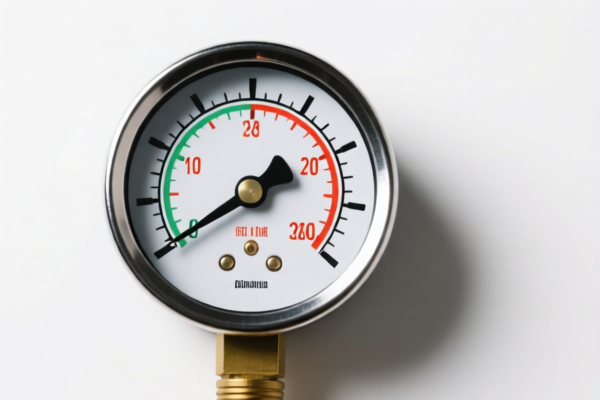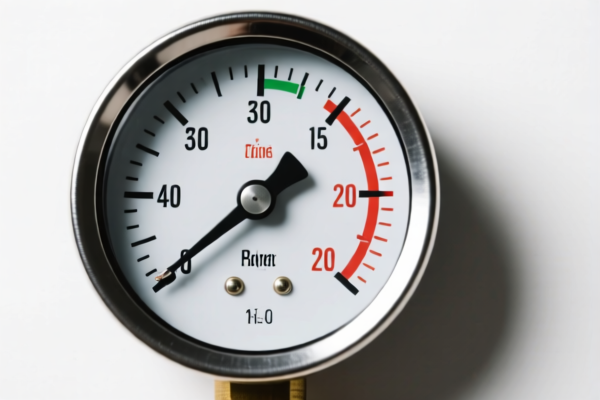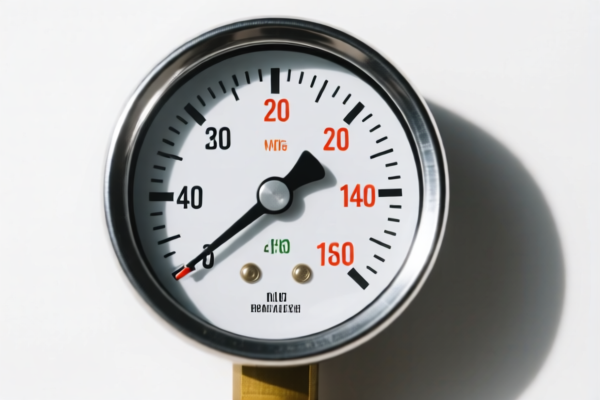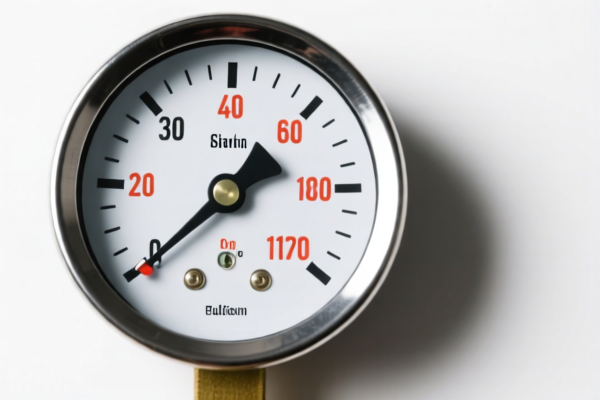| HS Code | Official Doc | Tariff Rate | Origin | Destination | Effective Date |
|---|---|---|---|---|---|
| 9026102040 | Doc | 55.0% | CN | US | 2025-05-12 |
| 9026102080 | Doc | 55.0% | CN | US | 2025-05-12 |
| 9031804000 | Doc | 55.0% | CN | US | 2025-05-12 |
| 9031909130 | Doc | 55.0% | CN | US | 2025-05-12 |
| 3926904000 | Doc | 32.8% | CN | US | 2025-05-12 |




Gauges
Gauges are instruments used to measure and indicate a physical quantity within a specific range. Though diverse in application, they all share the core function of providing a visual representation of a quantifiable attribute.
Material
Gauges are constructed from a variety of materials depending on the environment and accuracy requirements. Common materials include:
- Metals: Stainless steel, brass, and aluminum are frequently used for housings and internal components due to their durability and resistance to corrosion.
- Plastics: Often used for housings in less demanding applications, providing cost-effectiveness and resistance to certain chemicals.
- Glass/Acrylic: Used for the gauge face to allow for clear visibility of the measurement scale.
- Elastomers/Rubber: Used in Bourdon tube construction and for seals to maintain pressure containment.
- Electronic Components: In digital gauges, silicon, circuit boards, and LCD/LED displays are integral.
Purpose
The primary purpose of a gauge is to provide a quantifiable reading of a physical parameter. This data is critical for:
- Monitoring: Tracking changes in a system over time (e.g., pressure in a pipeline).
- Control: Providing feedback for automated control systems (e.g., regulating pressure in a reactor).
- Safety: Alerting operators to potentially dangerous conditions (e.g., high pressure).
- Calibration & Testing: Verifying the performance of other instruments.
Function
Gauges function by converting the physical quantity being measured into a mechanical or electrical signal. This signal is then translated into a readable format, typically a pointer on a scale, a digital display, or an electrical output. The specific mechanism varies by gauge type.
Usage Scenarios
Gauges are employed across a wide range of industries and applications:
- Industrial Processes: Monitoring pressure, temperature, flow, and level in manufacturing plants, chemical facilities, and power generation stations.
- Automotive: Measuring oil pressure, coolant temperature, fuel level, and tire pressure.
- HVAC: Monitoring refrigerant pressure, air pressure, and temperature in heating, ventilation, and air conditioning systems.
- Medical: Measuring blood pressure, oxygen saturation, and other vital signs.
- Meteorology: Measuring atmospheric pressure, temperature, and wind speed.
- Aerospace: Measuring altitude, airspeed, and engine parameters.
Common Types
- Bourdon Tube Gauges: The most common type, utilizing a curved tube that straightens under pressure, driving a pointer. Suitable for measuring pressure and vacuum.
- Diaphragm Gauges: Employ a flexible diaphragm that deflects under pressure, linked to a pointer. Used for low-pressure measurements.
- Bellows Gauges: Utilize a corrugated bellows that expands or contracts with pressure changes. Suitable for low-pressure and differential pressure measurements.
- Strain Gauge: Measures strain on a material, often used to determine pressure, force, or load. Typically provides an electrical output.
- Digital Gauges: Utilize electronic sensors and a digital display for precise and remote readings. Can incorporate data logging and communication capabilities.
- Compound Gauges: Measure both positive and negative pressure (vacuum).
- Differential Pressure Gauges: Measure the difference in pressure between two points.
- Manometers: Use a column of liquid to measure pressure, often used for calibration and reference standards. (U-tube, inclined, well-type)
- Sight Gauges: Provide a direct visual indication of liquid level in a tank or vessel.
Based on the provided information, “gauges” fall under instruments used for measuring or checking variables of liquids or gases. Here's a breakdown of relevant HS codes:
- 9026.10.20.40: This HS code covers instruments and apparatus for measuring or checking the flow, level, pressure or other variables of liquids or gases, specifically Electrical Flow meters. The tax rate details are: Basic tariff: 0.0%, Additional tariff: 25.0%, Post-April 2, 2025, additional tariff: 30%. Total tax rate: 55.0%. This would apply if the gauges are electrical flow meters.
- 9026.10.20.80: This HS code covers instruments and apparatus for measuring or checking the flow, level, pressure or other variables of liquids or gases, specifically Electrical Other. The tax rate details are: Basic tariff: 0.0%, Additional tariff: 25.0%, Post-April 2, 2025, additional tariff: 30%. Total tax rate: 55.0%. This applies to electrical gauges that are not specifically flow meters.
- 9026.10: While not a specific code, it's important to note that 9026.10 covers instruments and apparatus for measuring or checking the flow, level, pressure or other variables of liquids or gases, excluding those in headings 9014, 9015, 9028 or 9032.
According to the provided reference material, the HS code options related to 'gauges' are limited, with only the following 3 found.
Customer Reviews
No reviews yet.